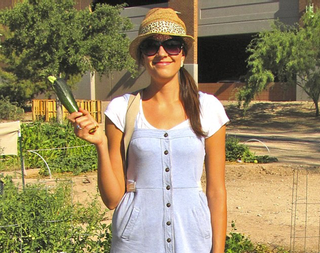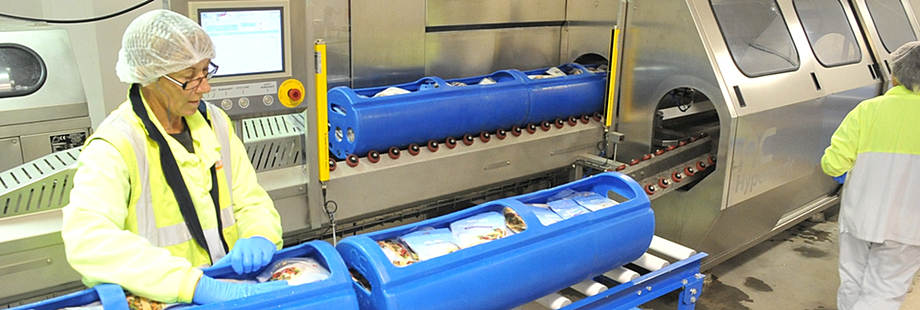21 September 2015
The last watermelon of summer
- Stop and think for a minute: how do they make seedless watermelons? All you need to know, and more besides.
- A report from the fourth Beeronomics conference. In other news, there are enough “economists and other scientists who work on the economics of beer” to merit a conference series.
- I’d be really interested to know what a decent ag economist would make of this chart from the USDA, showing that fewer and fewer beef sales are transparently priced.
- A long and complex discursion that springboards from “the first prong in the anti-hipster food backlash”. I suspect that there’s a lot less to this than meets the eye.
- It’s an ill wind … the Russian ban on decadent Western foods is proving a godsend to local cheese producers.
- As ever, some shameless self-promotion. This discovery of oriental fruit flies in Florida makes it worth linking to the episode These aren’t the pests you are looking for.
- And finally, a tail piece: the true history of culatello.

 Megan Kimble — that’s her on the left — is a young journalist in Tucson, Arizona. Back in 2012, she set out to stick it to the processed food man, by eating only unprocessed food for a year. Her book
Megan Kimble — that’s her on the left — is a young journalist in Tucson, Arizona. Back in 2012, she set out to stick it to the processed food man, by eating only unprocessed food for a year. Her book 
 Have you ever stopped to wonder what drives the incessant innovation in processed food? Who thought that an energy bar would be a good thing to exist? What was the logic that drove the development of the cheese-flavoured powder that coats so many snacks? Even instant coffee; why was that needed? The answer to all these questions, and many more, can be traced back to the US Army’s Natick Center, outside Boston, Massachusetts. That is where the Combat Feeding Directorate of the US army, with the help of academics and large food processing companies, designs the rations that sustain American soldiers and much of the rest of America and the world. Soldiers need rations that are lightweight, that don’t spoil over time, and that can withstand some pretty brutal handling. The rest of us pay for the same. Author Anastacia Marx de Selcado’s book Combat-Ready Kitchen, published in early August, lifts the lid on how the army has invaded almost all aspects of processed food.
Have you ever stopped to wonder what drives the incessant innovation in processed food? Who thought that an energy bar would be a good thing to exist? What was the logic that drove the development of the cheese-flavoured powder that coats so many snacks? Even instant coffee; why was that needed? The answer to all these questions, and many more, can be traced back to the US Army’s Natick Center, outside Boston, Massachusetts. That is where the Combat Feeding Directorate of the US army, with the help of academics and large food processing companies, designs the rations that sustain American soldiers and much of the rest of America and the world. Soldiers need rations that are lightweight, that don’t spoil over time, and that can withstand some pretty brutal handling. The rest of us pay for the same. Author Anastacia Marx de Selcado’s book Combat-Ready Kitchen, published in early August, lifts the lid on how the army has invaded almost all aspects of processed food.